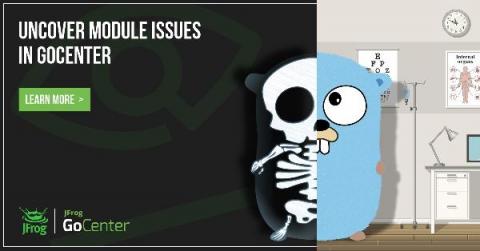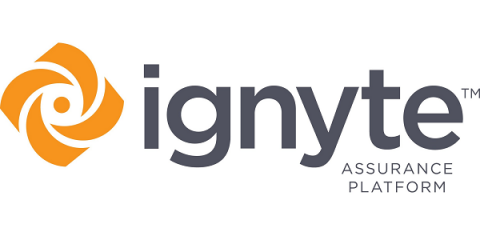The Role of Technology in the Modern SOC
Recently, Security Boulevard published an article I wrote about the role technology plays in the modern security operations center (SOC). It’s a topic near to my heart, since I began working in SOCs back when we were known as “computer incident response teams” (CIRT). Over the years, I’ve seen a lot of outstanding technologies hit the market that have contributed greatly to improving security teams’ ability to identify, investigate and respond to threats.








